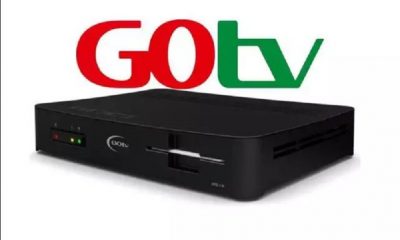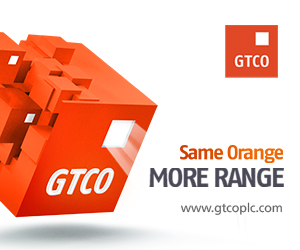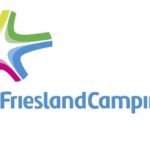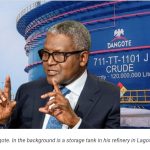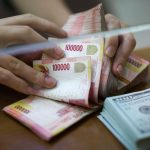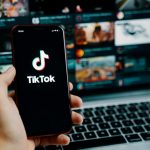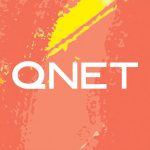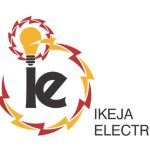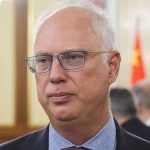Brands/Products
FCCPC Blocks Multichoice’s DStv, GOtv Price Adjustments
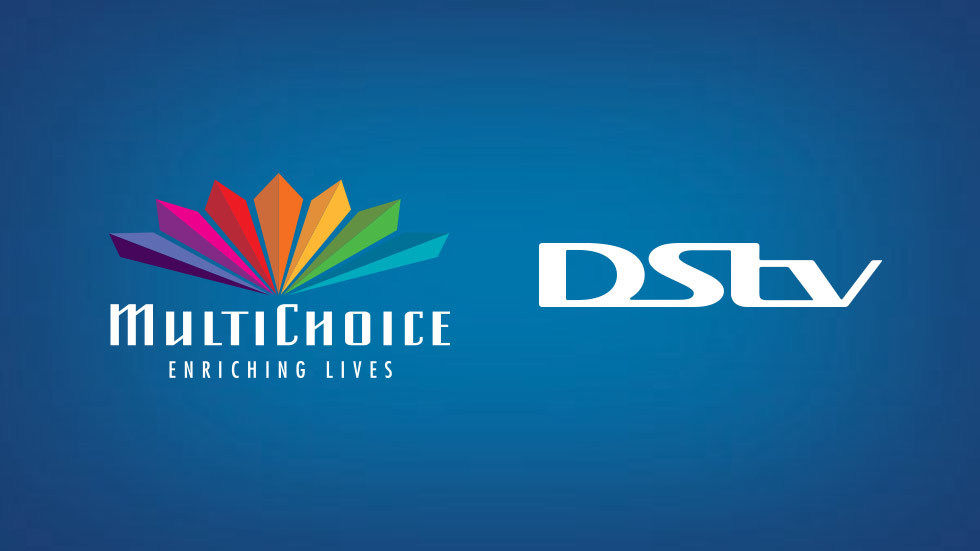
By Adedapo Adesanya
MultiChoice Nigeria, the operator of DStv and GOtv, will have to maintain its current subscription prices pending the conclusion of an ongoing investigation into the company’s proposed tariff adjustment by the Federal Competition and Consumer Protection Commission (FCCPC).
The commission disclosed this in a statement on Thursday by its Director of Corporate Affairs, Mr Ondaje Ijagwu.
The directive follows MultiChoice’s request for an extension regarding its scheduled appearance before the commission over concerns surrounding its recurring price increases.
Although FCCPC granted the company’s request to postpone the session, it has now rescheduled the hearing for March 6, 2025, mandating the company’s CEO, relevant officers, and a comprehensive response to the inquiry.
“As part of this directive, MultiChoice is expressly instructed to maintain the existing price structure as of February 27, 2025, pending the commission’s review and final determination on the matter,” the statement read.
The agency also emphasised that the decision to freeze prices is aimed at preventing potential consumer exploitation during the investigation period.
This comes after the regulator summoned MultiChoice to appear before it on February 27 for an investigative hearing.
Exercising its mandate under Sections 32 and 33 of the FCCPA, the FCCPC directed the Chief Executive Officer of MultiChoice Nigeria to attend an investigative hearing at the Commission’s headquarters yesterday.
“This action follows MultiChoice’s formal notification of the price adjustment, which raises concerns about recurrent unilateral price hikes, potential market dominance abuse, and perceived anti-competitive practices in the pay-TV industry.”
MultiChoice had notified its customers on Monday of the impending price adjustment, citing a review of its pricing structure.
Meanwhile, the company stated that the changes were necessary to continue delivering world-class content, the development sparked concerns from subscribers.
Under the proposed adjustment, the DStv Compact package would be increased, while the Compact Plus and Premium bouquets would remain at N30,000 and N44,500, respectively.
In its notice titled Price Adjustments for DStv and GOtv Packages, the company said, “Dear Customer, please note that effective March 1, 2025, there will be a price adjustment on all DStv packages.
Brands/Products
MAGGI Unveils ‘Taste of Christmas’ Campaign
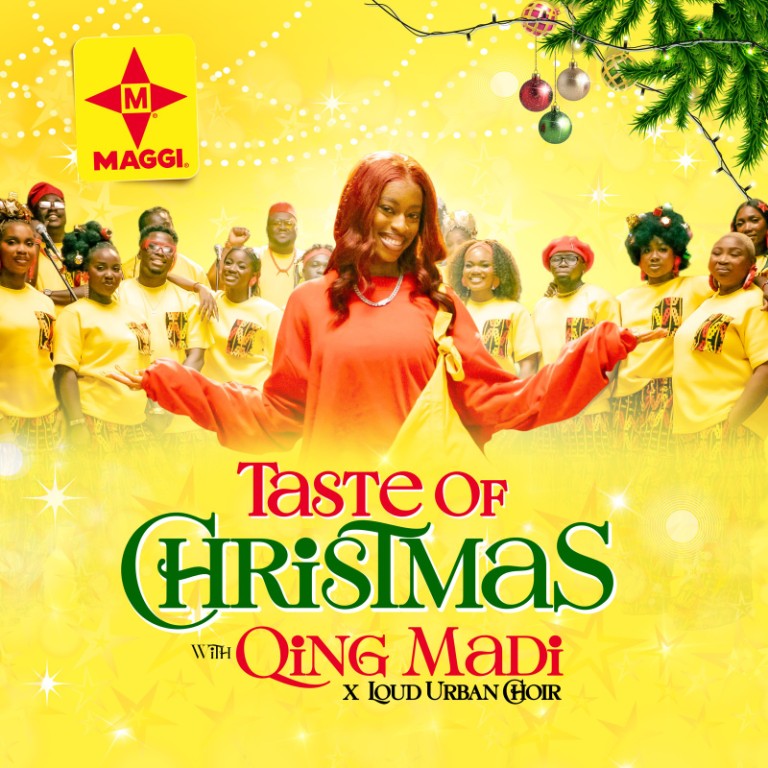
MAGGI, the culinary brand from Nestlé Nigeria, has announced the launch of its festive campaign, Taste of Christmas, designed to celebrate the sights, sounds, and flavours that define the Nigerian Christmas experience.
Central to the campaign is a collaboration with Nigeria’s fast-rising pop star Qing Madi and the renowned Loud Urban Choir, resulting in a new Christmas anthem titled Taste of Christmas.
Now available across all major music streaming platforms, the song blends contemporary sound with cultural warmth, evoking the joy of family, togetherness, and shared meals that characterize the season.
Extending beyond music, the Taste of Christmas campaign will roll out a curated series of festive recipes and culinary inspiration over a 12-day period. The collection features creative twists such as Coco Bongus, alongside beloved Nigerian classics, encouraging families to explore new flavours while enjoying MAGGI’s trusted range of seasonings.
Commenting on the campaign, the Category Manager for Culinary at MAGGI, Ms Funmi Osineye, said, “Christmas is a time when family, culture, and shared experiences come alive. With the Taste of Christmas campaign, we set out to create a platform that resonates strongly with today’s young adults while still celebrating the warmth of home. Partnering with Qing Madi and The Loud Urban Choir allows us to connect music and food in a way that feels authentic, modern, and deeply Nigerian.”
The campaign further reflects MAGGI’s commitment to celebrating home-grown talent, nurturing culinary creativity, and strengthening the role of food as a unifying force in Nigerian homes.
Consumers can access festive recipes, campaign content, and the Taste of Christmas anthem on MAGGI’s digital platforms and social media channels. Conversations around the campaign can be followed using #MAGGIChristmas.
MAGGI is a leading culinary brand from Nestlé Nigeria, committed to inspiring better cooking habits and bringing families together through delicious, nutritious meals.
Brands/Products
FG Suspension of Sachet Alcohol Ban Excites NECA
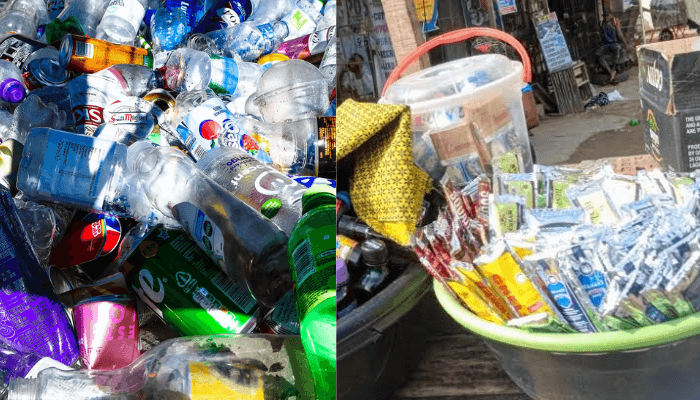
By Modupe Gbadeyanka
The decision of the federal government to suspend the ban on alcohol produced in sachets has been welcomed by the Nigeria Employers’ Consultative Association (NECA).
The Director-General of the group, Mr Adewale-Smatt Oyerinde, described it as a right step in the right direction because it respects existing National Assembly resolutions and restores regulatory clarity.
Recall that recently, the Office of the Secretary to the Government of the Federation (OSGF) ordered the suspension of the policy due to concerns raised by the House of Representatives Committee on Food and Drugs Administration and Control.
In a statement, the NECA chief said the immediate suspension of all enforcement actions relating to the proposed ban on sachet alcohol and 200ml PET bottle products, pending the conclusion of consultations and the issuance of a final policy directive, was good for the industry and the economy.
According to him, the sachet and PET segment of the alcoholic beverage industry accounts for a significant portion of the estimated N800 billion invested in the sector and supports thousands of direct and indirect jobs in manufacturing, packaging, logistics, wholesale and retail.
He stressed that in an economy already struggling with high unemployment and rising business costs, abrupt policy measures that threaten existing jobs and legitimate investments would be counterproductive.
“We fully acknowledge the need to address public health concerns, especially regarding children and young people, but the solutions must be evidence-based and carefully designed so as not to drive activities into the informal and unregulated economy or encourage illicit products.
“We are looking forward to a deepened consultation to enable the protection of jobs, livelihoods and legitimate investments, etc., while also ensuring that public health objectives are effectively and sustainably achieved,” Mr Oyerinde said.
Brands/Products
Lafarge Africa Debuts Beyond Buildings Campaign
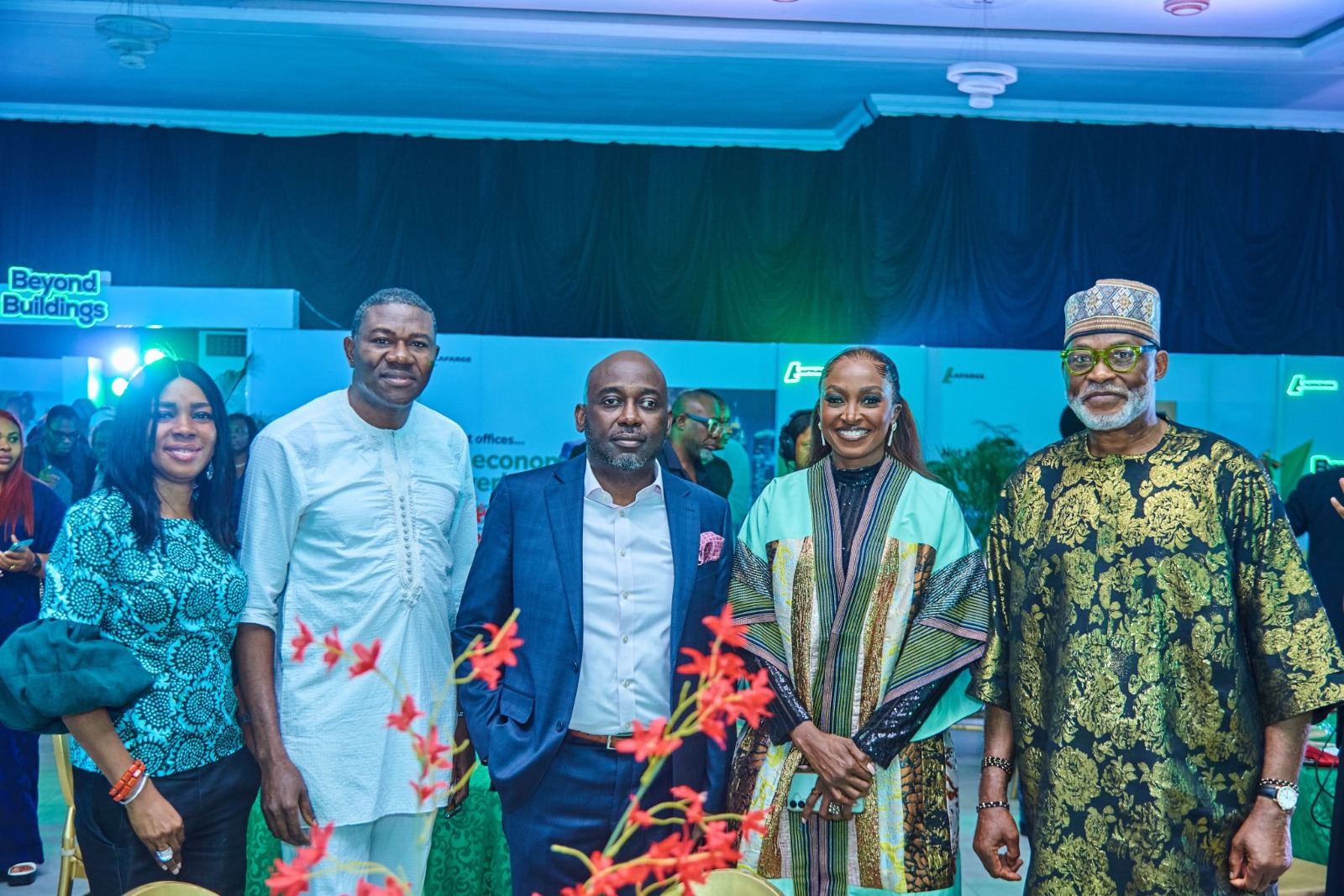
By Adedapo Adesanya
Top building materials and solutions brand, Lafarge Africa Plc, has unveiled a new thematic campaign tagged Beyond Buildings geared towards highlighting its impact and contributions to Nigeria’s infrastructural development.
The campaign was unveiled by the chief executive of Lafarge Africa, Mr Lolu Alade-Akinyemi, on Monday, December 8, 2025, in Lagos.
Mr Alade-Akinyemi noted that the campaign highlights how Lafarge, through innovative and sustainable building solutions, has continued to shape the socio-economic development and progress of Nigerians and Nigeria by contributing to the construction of various structures, including iconic buildings and bridges, stadiums, hospitals, roads, and more, ultimately aiding the nation’s overall growth.
“For over six decades, beyond the manufacturing of building solutions, we have partnered in building the very foundation of Nigeria’s infrastructural development and its future. With our innovative solutions, we have made a significant contribution to our nation’s progress by providing essential building materials for numerous landmark projects.
“This also extends to the expansion of our production capacity nationwide, creating jobs and livelihoods, bringing development to communities, and introducing innovative products to meet the ever-evolving construction needs of Nigeria,” he said.
He described the campaign as a celebration of strength, innovation, history, shared success, and the power of progress, noting that it is the story of the company’s humble beginnings, which dates back to 1960 when its first factory began production.
“The Beyond Buildings campaign is the story of our vision, which is to be the leading building solutions company, driving innovation and operational excellence to create a greener planet and enable national progress. It shifts the narrative from our products to the profound impact we make on human lives. Our materials transform into national landmarks, powering jobs, livelihoods, and development across every state,” he noted.
The thematic campaign Beyond Buildings spotlights how Lafarge has been a strong and steady partner in building infrastructure that underpins Nigeria’s socio-economic progress.
“We are celebrating our enduring legacy and committing to a new era of sustainable and innovative growth. This campaign empowers us to tell that story with confidence and clarity,” he added.
Delivering his remarks, the Commercial Director of Lafarge Africa, Mr Gbenga Onimowo, stressed that the premiere viewing is an opportunity to share the compelling reasons why the company’s story, ‘Beyond Buildings,’ must be told.
Mr Onimowo stated that the campaign aims to reinforce the company’s position at the heart of Nigeria’s construction growth since independence, as demonstrated by its extensive footprint of infrastructure development across every corner of the country.
‘However, our contribution is not merely about building solutions including cement, mortar, plaster of paris and readymix concrete. It’s about the shared future and the national development we actively enable,’ he said.
He stated that the campaign was designed to move the conversation past the physical structures and shine a light on the socio-economic impact that the company helps create.
“Our campaign highlights the immense progress built on the concrete of trust since 1960. Our materials are integral to iconic landmarks like the National Theatre, 1st and 2nd Niger Bridges, Third Mainland bridge, Lekki-Ikoyi link bridge, the National Assembly Complex and countless national, commercial, academic and residential structures nationwide,” he added.
The event was well attended by distinguished stakeholders from the building and construction sector as well as the arts, culture, media and entertainment industry, alongside many of the company’s esteemed customers including veteran Nollywood actors Richard Mofe-Damijo (RMD) and Kate Henshaw.
-

 Feature/OPED6 years ago
Feature/OPED6 years agoDavos was Different this year
-
Travel/Tourism9 years ago
Lagos Seals Western Lodge Hotel In Ikorodu
-

 Showbiz3 years ago
Showbiz3 years agoEstranged Lover Releases Videos of Empress Njamah Bathing
-

 Banking7 years ago
Banking7 years agoSort Codes of GTBank Branches in Nigeria
-
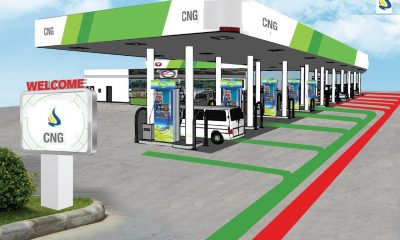
 Economy3 years ago
Economy3 years agoSubsidy Removal: CNG at N130 Per Litre Cheaper Than Petrol—IPMAN
-

 Banking3 years ago
Banking3 years agoFirst Bank Announces Planned Downtime
-

 Banking3 years ago
Banking3 years agoSort Codes of UBA Branches in Nigeria
-

 Sports3 years ago
Sports3 years agoHighest Paid Nigerian Footballer – How Much Do Nigerian Footballers Earn








